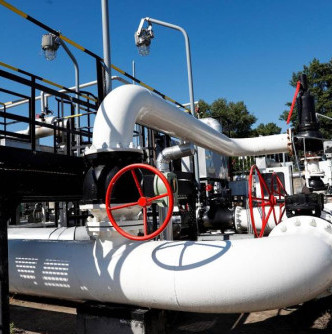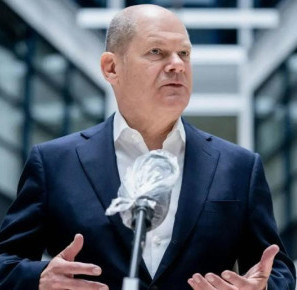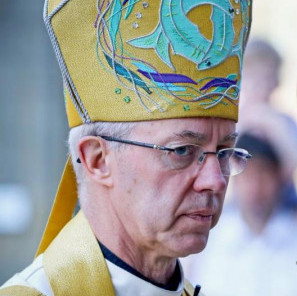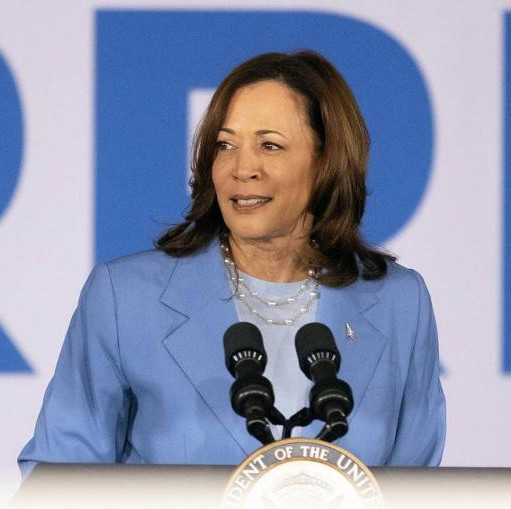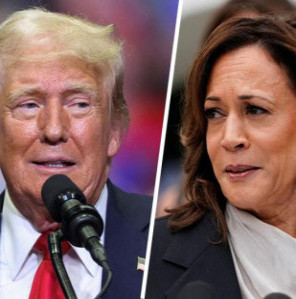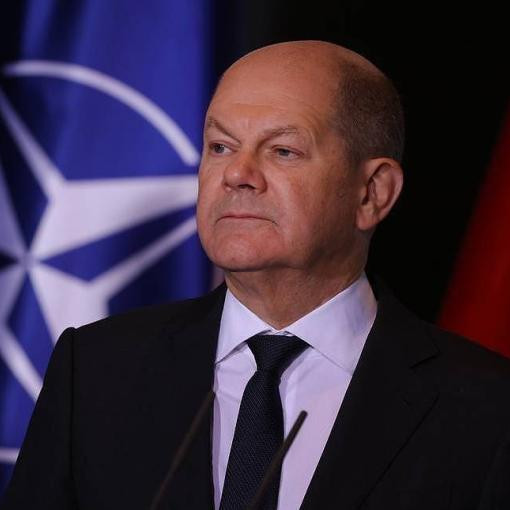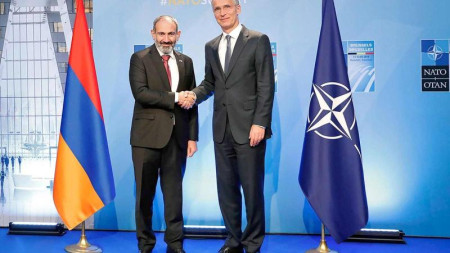
In my personal opinion, Armenian PM Nikol Pashinyan claims the status of a present-day sphinx. I don't at all imply his being a zoomorphic creature with a lion’s body and a human head, but his riddles to the fellow Armenians have become a sure thing. In his video address of September 24 this year, he said: "The analysis of the events shows that the security systems and the allies we have relied on for many years have set a task to demonstrate our vulnerabilities and justify the impossibility of the Armenian people to have an independent state." Guess, you Armenian, who are these allies, what are these security systems, and why the hell was it necessary for you to demonstrate vulnerability, and, most importantly, to whom?
Security systems are a matter of separate interest, curious as it is. 35 years have passed, and the tragedy of a great country is still standing before our very eyes, triggered by frenzied endeavors along the Karabakh track of late USSR shadow leaders, "dissidents" Lusik Alikhanyan (who went down in history as Elena Bonner) and her folksy but famous husband, academician Andrei Sakharov.
The Soviet Union’s collapse caused such a security mess that our new American friends took up this issue as a matter of urgency. I think they persuaded Boris Yeltsin to create a CIS Unified Armed Force in early 1992, which, American sources claim, was to succeed the Soviet one and maintain control over nuclear weapons once owned by the Soviet Union.
As life would have it, my colleagues and I were sent to the first "practical" meeting of the infant states’ defense ministers to discuss military construction specifics amid a new normal. The ministers appeared as sickeningly familiar Soviet generals with trademark tummies, with their habitual Soviet uniform having different stars and cap insignia. They we having a peaceful conversation, without caring much about collective security issues. The only adequate person back then was Lieutenant-General Leonid Ivashov, who reported the plan clearly and adequately: the Central Asians provide motorized infantry, Ukraine – artillery, Belarus – the 5th Guards Tank Army, Russia – aviation and nukes. A system of collective military bases was being arranged in Commonwealth territories, a common budget, etc. But then Russian Defense Minister Pavel Grachyov came in hugging with Georgian Defense Minister and cunningly asked like "Guys, what are you doing here?". I will never forget his words: "We are all friendlies, we graduated from the same academies, served in the same units, fought nip and tuck in Afghanistan. We will never fight against each other! Why do we need all this?! Let's go, everything is ready there!". And the fellow ministers moved out in a cheerful crowd, leaving Ivashov alone at the map with his pointer.
But there was one hitch. The Armenian Defense Minister was not present at that historical meeting, replaced by some young and handsome civvy. The Defense Minister of the Republic of Armenia, a former PE teacher and Lenin Komsomol Prize winner, legendary Vazgen Sargsyan, was busy shredding enemies around Artsakh and somehow happened to deprive the sunny Azerbaijan of 15 to 20% of its sovereign territory.
But as it stood, Armenia’s change was near, a clear thing to any Turk. However, the mentioned young civvy apparently informed Yerevan about the facts of the case. Ivashov’s "collective" security plan was implemented in a truncated form bilaterally. A powerful Russian base was created in Gyumri. Nearly all the tanks present in Armenian territory (80 of them) are Russian, as well as other heavy equipment. A unique aviation group was formed there (with no aircraft at others). Under the agreement, if any uniformed troops invade the territory of Armenia, Russia will consider it an attack against itself and use every means in collaboration with the Armenian Armed Forces to defeat the aggressor, not excepting nukes. If a shrewd enemy sends hordes of chevronless soldiers to Armenia, they would be annihilated by the CSTO as international terrorists.
That is only a small part of it. The sides concluded the Agreement between the Russian Federation and the Republic of Armenia on a Joint Group of Armed Forces of the Russian Federation and the Republic of Armenia, which stipulates creating a de facto coalition army subordinate to Southern Military District headquarters and Armenian General Staff’s Operational Directorate.
Armenia’s sentiment is definitely sour after all the “military victories” and the return of Nagorno-Karabakh, with its having lost autonomy. A simple Karabakh citizen is now frustrated, uncertain about his/her future. But on the other hand, there are 150-160 thousand of them, which is less than the number of Armenians who have moved to Moscow in the past few years going greener pastures. By the way, the last half-a-decade saw 75 000 RA immigrants obtain Russian passports. Regrettable as it is, integrating the Karabakh-Armenian ethnic contingent into Azerbaijan, Russia, Armenia, and even the United States or France is not going to be a problem, it seems.
But the question is what's next? Irresponsible scribbler "analysts" have been already predicting that Baku will seek to cut a corridor to Nakhichevan, which is pulling the rug out from under Russia. The corridor will run through Armenia’s sovereign territory. Russia will be obliged to rain down on the aggressor with all the might of collective contingents. We do not need a destabilized region, but the risks are high. Our Foreign Ministry will have to rush around — well, it's all in a day's work.
A couple of remarks to sum up. When a Russian pilot lands his MiG-29 at his base in Erebuni, he demonstrates not Armenia’s vulnerability or even inability to be an independent state, but his outstanding personal flying skills. The runway suggests a glideslope length not exceeding 14 kilometers — the distance to the border with Turkey. And for the MiGs, the normal glideslope length is 17 to 19 kilometers. One may well swerve right over Yerevan, but, you know, it's better to risk the pilot's life than civilian ones.
On the ground, the pilot will be met by absolutely amiable Armenians, the same aircraft technicians. They are not politicians who started fueling anti-Russian sentiment overnight or alluded to Armenia’s only possible salvation embodied in NATO. That path is going to see a lot more Armenian blood after all…
